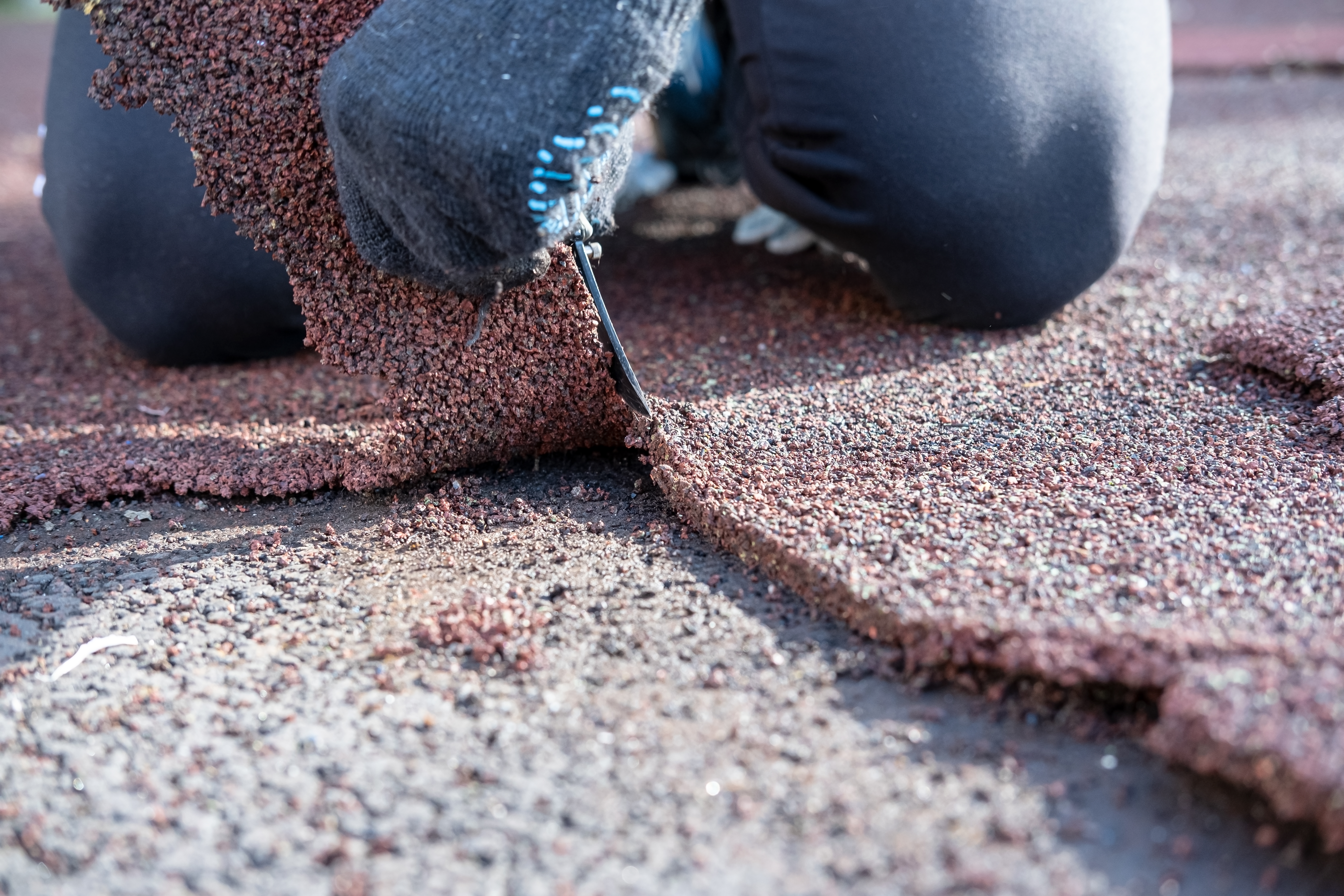Helping your dog move confidently again starts with selecting the right support gear. A full-body lifting harness (https://bestfriendmobility.net/) is excellent for dogs recovering from surgery, suffering from arthritis, or dealing with mobility challenges like hip dysplasia or paralysis.
But not all harnesses are created equal.
This guide breaks down what to look for in a Double Lifting Harness, including fit, functionality, and durability—so you can make an informed, compassionate choice.
Why Full-Body Support Matters
Unlike single-point harnesses that support just the front or back, full-body harnesses distribute weight across multiple points of the torso. This ensures your dog’s body remains aligned during lifts, minimizing strain on the spine and joints.
Full-body harnesses are particularly helpful for:
- Post-op recovery (especially spinal or hip surgeries)
- Neurological conditions (e.g., intervertebral disc disease)
- Senior dogs with muscle atrophy
Key Features to Look For
1. Adjustability
Dogs come in all shapes—from long and lean to stocky and broad. Look for one with multiple adjustment points (typically around the chest, abdomen, and legs) to ensure a snug but comfortable fit.
Tip: Use the two-finger rule—you should be able to fit two fingers under each strap without pinching.
2. Padding & Comfort
A good harness will be lined with soft, breathable materials to reduce friction and prevent skin irritation. This is especially important for dogs with thin fur or sensitive skin.
3. Handle Placement
The best harnesses feature reinforced handles both on the front and rear. Some also include a central lifting strap, which can be helpful for balanced lifts during car transfers or stair navigation.
4. Material Strength
Look for high-denier nylon or canvas and metal D-rings or clips rated for the dog’s weight. Avoid plastic clips for dogs over 50 lbs.
Also, check if the product mentions weight-bearing limits or stress-tested certifications—especially for large or heavy breeds.
5. Ease of Use
Make sure the harness is easy to put on and remove. Step-in or wrap-around designs are best for dogs who may have limited range of motion.
Sizing Tips
Like dog wheelchairs, a good fit is key for best results. Measure your dog’s:
- Girth (chest circumference)
- Neck size
- Length (neck to tail base)
Compare this to the manufacturer’s size chart. If your dog is between sizes, choose the larger one for comfort—but adjust all straps to fit snugly.
Comparing with Other Options
Unlike basic slings or rear-lift harnesses, Double Lifting Harnesses provide 360-degree control. Popular alternatives offer comprehensive support—but they may differ in price, materials, or compatibility with wheelchairs.
The Best Friend Mobility Double Lifting Harness offers strong construction, soft padding, and dual-lift handles—ideal for everyday use and recovery support.
Conclusion
Choosing the right full-body harness isn’t just about the specs—it’s about your dog’s safety, comfort, and confidence. By focusing on adjustability, padding, material strength, and fit, you can ensure your pup gets the support they need to thrive.
Whether your dog is recovering from injury or navigating their golden years, a high-quality Double Lifting Harness can be the key to restoring their mobility—and their spirit.




